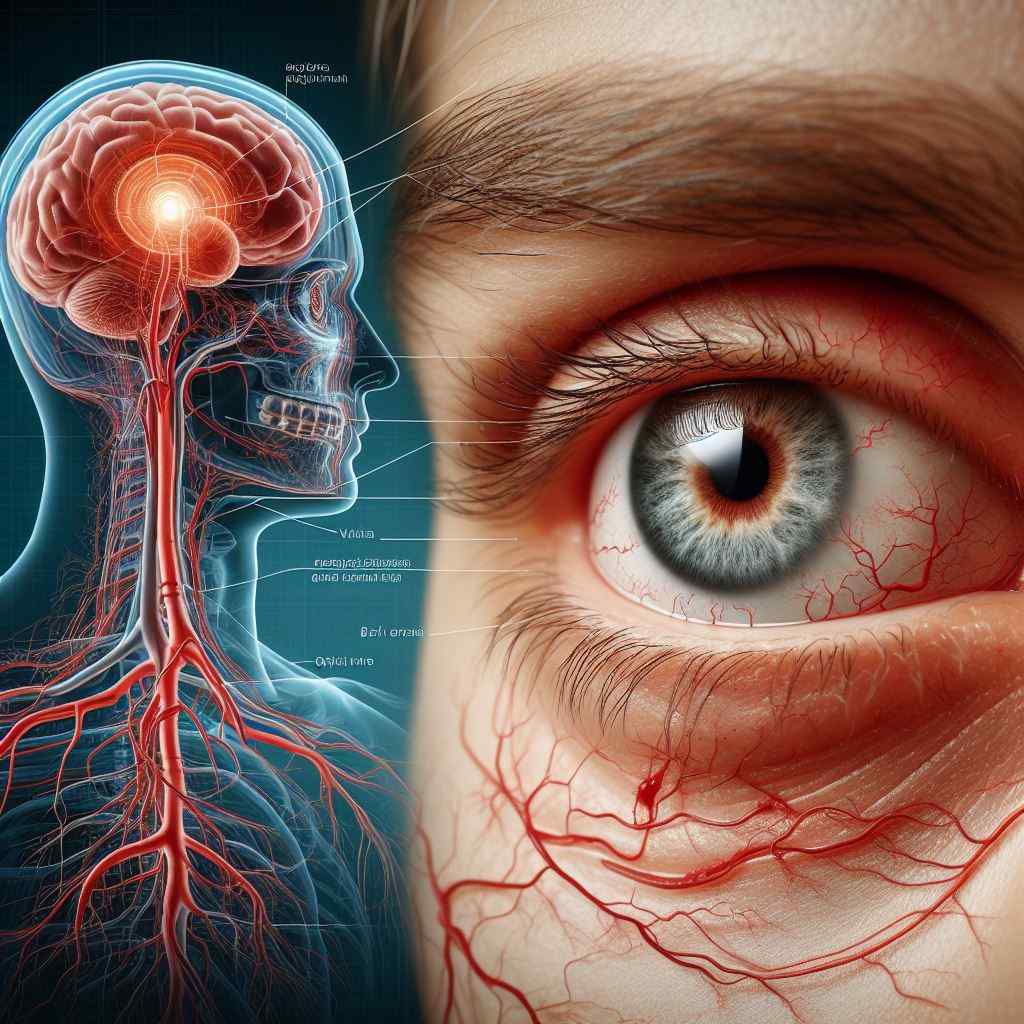
Navigating Neuro-Ophthalmology: Insights into Pathology, Clinical Presentations, Diagnosis, Management, and Recent Advances
Abstract: Neuro-ophthalmology is a specialized field at the intersection of neurology and ophthalmology, focusing on the diagnosis and management of visual disturbances related to neurological conditions. This article provides a comprehensive review of neuro-ophthalmology, exploring its diverse pathology, clinical presentations, diagnostic modalities, treatment strategies, and recent innovations. By delving into the complexities of neuro-ophthalmic disorders, ophthalmologists can enhance their diagnostic skills and improve patient care outcomes.
Introduction: Neuro-ophthalmic disorders encompass a wide range of conditions affecting the visual pathways, cranial nerves, and central nervous system. Recognizing the unique clinical features and understanding the underlying pathophysiology are essential for accurate diagnosis and management.
Pathology: Neuro-ophthalmic pathology may involve various structures, including the optic nerve, chiasm, optic tract, oculomotor nerves, and brain regions responsible for vision processing. Understanding the anatomical and physiological basis of neuro-ophthalmic disorders is fundamental to their evaluation and treatment.
Clinical Presentations: Patients with neuro-ophthalmic conditions may present with symptoms such as visual field defects, diplopia, ptosis, pupillary abnormalities, and abnormal eye movements. Clinical examination often includes assessment of visual acuity, visual fields, color vision, pupillary reactions, and ocular motility.
Diagnostic Modalities: Diagnosis of neuro-ophthalmic disorders relies on a combination of clinical evaluation and specialized diagnostic tests, including visual field testing, optical coherence tomography (OCT), visual evoked potentials (VEP), magnetic resonance imaging (MRI), and cerebrospinal fluid analysis. Multimodal imaging techniques play a crucial role in elucidating the underlying pathology and guiding treatment decisions.
Management Strategies: Management of neuro-ophthalmic conditions aims to preserve vision, alleviate symptoms, and address underlying neurological pathology. Treatment modalities may include pharmacotherapy, neurosurgical interventions, corticosteroid therapy, immunomodulatory agents, and rehabilitation strategies tailored to individual patient needs.
Recent Innovations: Recent advancements in neuro-ophthalmology focus on precision medicine, targeted therapies, and innovative diagnostic tools. Innovations such as optical coherence tomography angiography (OCT-A), genetic testing for hereditary optic neuropathies, and emerging neuroprotective agents offer promising avenues for improved patient outcomes and personalized treatment approaches.
Conclusion: Neuro-ophthalmology represents a complex and challenging subspecialty requiring a multidisciplinary approach for optimal patient care. By staying abreast of the latest research and innovations in neuro-ophthalmology, ophthalmologists can provide comprehensive and effective management of neuro-ophthalmic disorders, ultimately improving patient quality of life.
For further reading and reference:
- American Academy of Ophthalmology – Neuro-Ophthalmology: https://www.aao.org/eye-health/diseases/neuro-ophthalmology
- Neuro-Ophthalmology Virtual Education Library (NOVEL): https://novel.utah.edu
- Neuro-Ophthalmology Society: https://www.nanosweb.org


